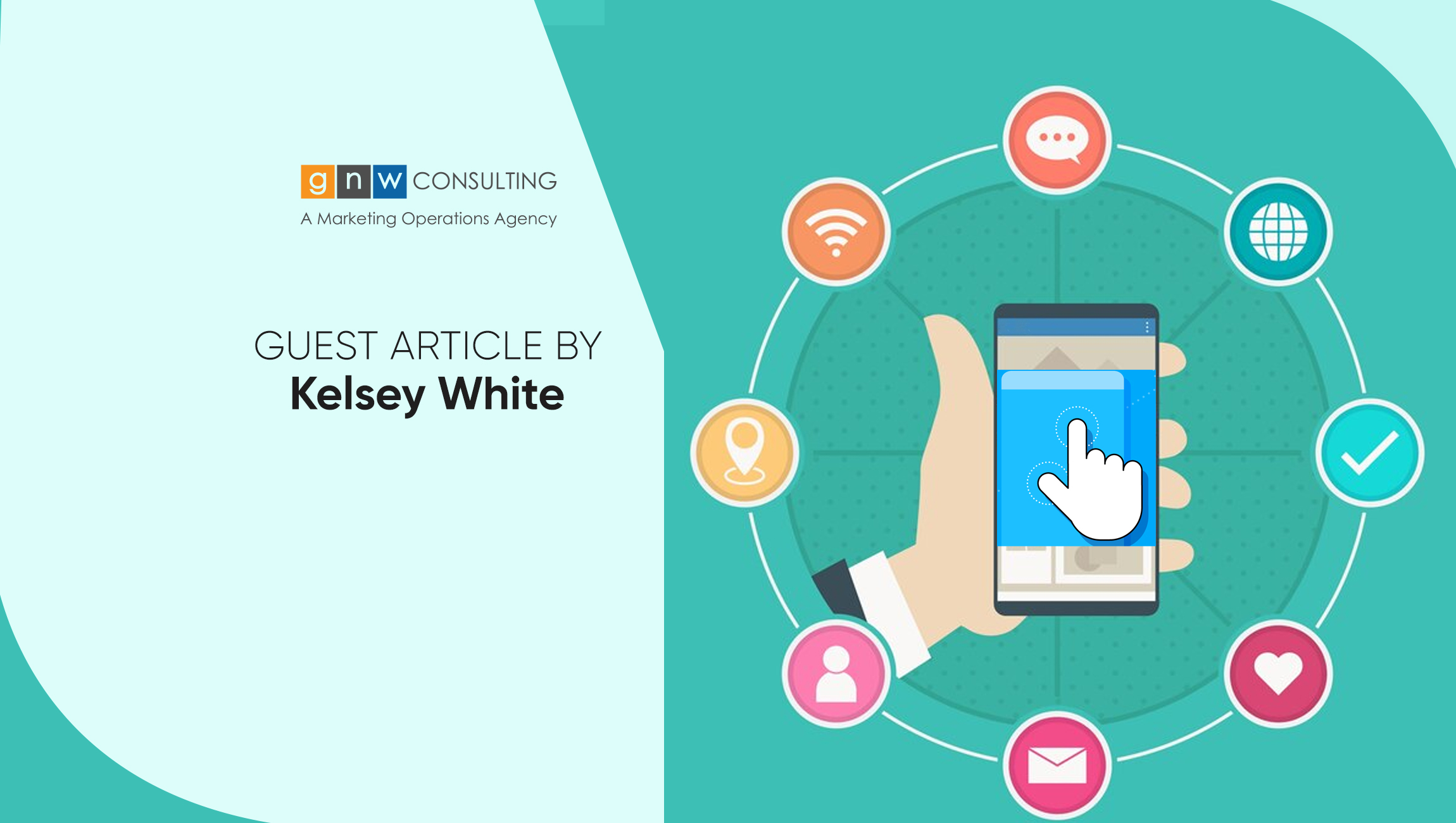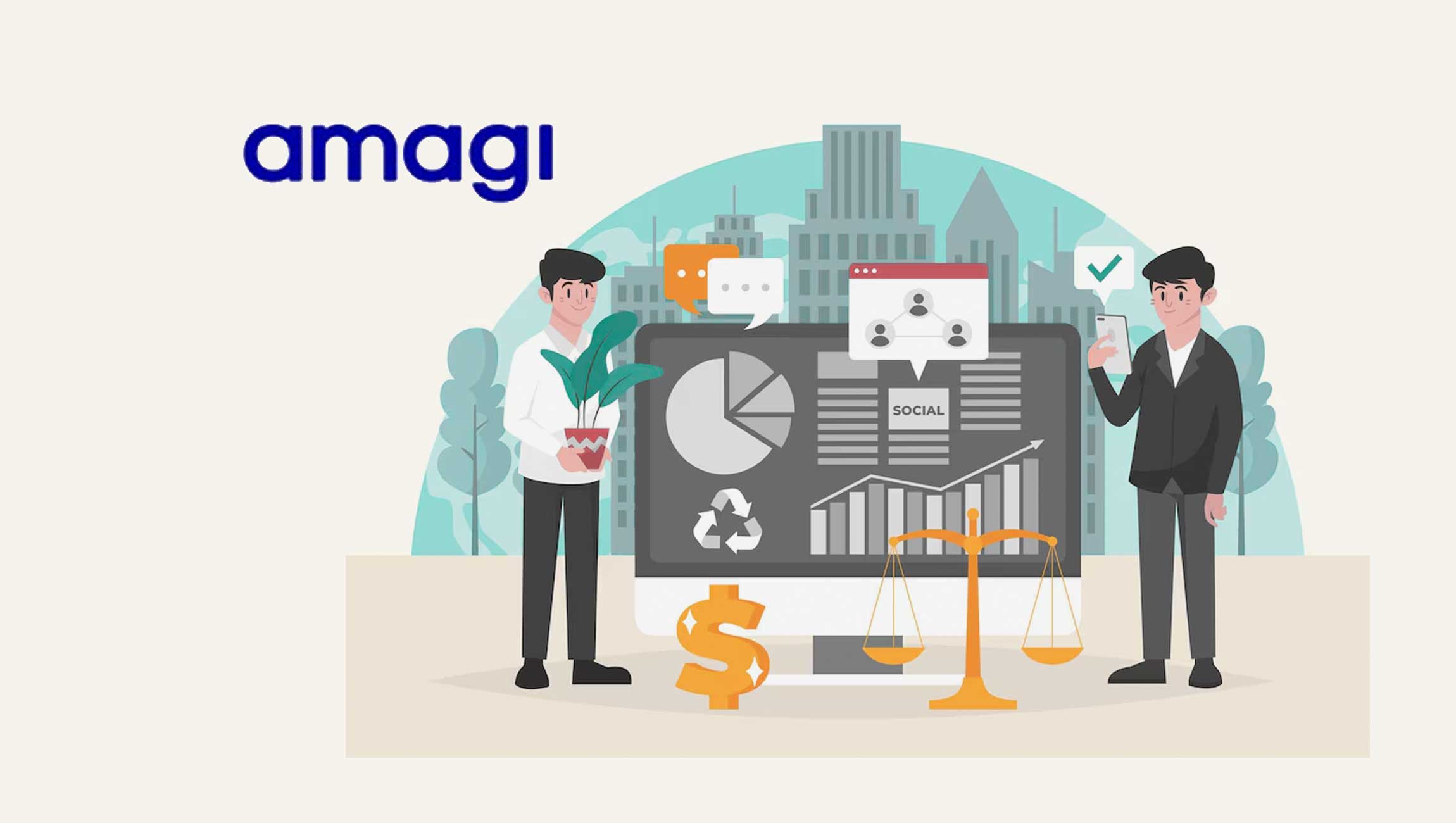Over the past decade, multi-touch attribution has gone from being viewed as the hottest technology investment for smart marketers to facing abundant scrutiny. Many C-suite executives question its efficacy or worth in a MarTech stack funded from an already-reduced marketing budget.
While it’s reasonable to investigate its value, multi-touch attribution (MTA) can actually provide a plethora of insights for a business when it’s done right–and that’s the kicker. Here’s a look at the benefits that well-executed multi-touch attribution can offer.
1. A Holistic View of the Customer Journey
Multi-touch attribution provides a comprehensive understanding of how different marketing touchpoints contribute to a conversion. It offers a complete view of the customer journey and a look at specifically where revenue is generated.
C-suite executives can use these insights to understand the complex B2B buying journey and envision the mix of touchpoints required to convert someone from an unknown prospect to a customer.
2. Improved Decision-Making
With a clearer picture of how different channels interact and contribute to revenue, marketers can make more informed decisions and craft better strategies. This granular understanding allows for resources to be allocated to the most influential touchpoints, enhancing overall marketing efficiency.
For the C-suite, this translates into more predictable revenue streams and improved financial forecasting, enabling better strategic planning and sustained business growth.
Marketing Technology News: MarTech Interview with Krish Mantripragada, Chief Product Officer at Seismic
3. Enhanced ROI Tracking
MTA helps track each marketing effort’s return on investment (ROI), making it easier to justify spending and maximize future investments. By providing precise data on the effectiveness of each marketing channel, it allows for the refinement of campaigns to maximize impact.
This means increased transparency and accountability in marketing expenditures. Armed with such strategic insight, executives can better achieve long-term financial stability and a strong competitive advantage.
4. Less Reliance on Single Touchpoints
Multi-touch attribution avoids the downsides of single-touch attribution models (like first-touch or last-touch), which may overemphasize specific touchpoints, leading to skewed data. By evaluating the entire customer journey, multi-touch ensures a more balanced and accurate assessment of each channel’s contribution to conversions.
This results in reduced risk of misallocating resources (both in campaign dollars and employee time). Instead, touchpoints that are traditionally harder to measure, like offline touchpoints, get their day in the sun alongside digital touchpoints.
5. Better Customer Insights
Understanding the full spectrum of customer interactions delivers deeper insights into customer behavior and preferences. This enables marketers to create more personalized and targeted campaigns, enhancing customer engagement and loyalty.
For executives, these insights facilitate the development of more customer-centric business strategies, driving higher customer lifetime value and cultivating long-term brand loyalty. Additionally, this deep understanding of customer behavior can inform product development and innovation, ensuring the company’s offerings align closely with market needs and trends.
6. Informed Strategy Development
Multi-touch attribution provides data-driven insights that can guide the development of more effective and targeted marketing strategies. This enables marketers to fine-tune their campaigns to better resonate with their audience, improving conversion rates and customer satisfaction.
In marketing’s quest to secure their seat at the revenue table, strategic insights are a critical respect driver. The ability to base decisions on robust data rather than intuition helps substantiate the value of marketing.
7. Enhanced Cross-Channel Coordination
Multi-touch attribution highlights how different channels and touchpoints work together, allowing better coordination and integration across marketing efforts. This creates a more unified and cohesive marketing strategy in which all channels complement and reinforce each other.
For the C-suite, this leads to a more streamlined and efficient operation, reducing silos and improving employee happiness. When individual marketers can see how their work contributes to the overall customer experience and receive recognition for their efforts, job satisfaction and employee retention improves. According to the “The Gratitude Gap: 2023 State of Recognition Report,” 64% of employees agree that being recognized would reduce their desire to job hunt.
8. Increased Accountability
Marketers can demonstrate the impact of their activities more transparently with multi-touch attribution, leading to greater accountability and strategic alignment with business objectives. This transparency builds trust and credibility with stakeholders, ensuring that marketing efforts are considered integral to the company’s success.
This means clearer visibility and a culture of data-driven performance, which is highly desired by leadership teams. Furthermore, greater accountability can shine a light on initiatives that drive measurable results, ultimately enhancing overall business performance and shareholder value.
Final Thoughts
When executed effectively, multi-touch attribution provides priceless insights into the customer journey, enabling marketers to optimize strategies and maximize ROI. It increases transparency, leads to better coordination across channels and aligns marketing efforts with broader business objectives. In doing so, it supports the C-suite’s goals, ultimately driving sustained business growth and a clear competitive advantage.
Marketing Technology News: Consolidating Enterprise Software Vendors and DAPs: Is It a Good Thing?











